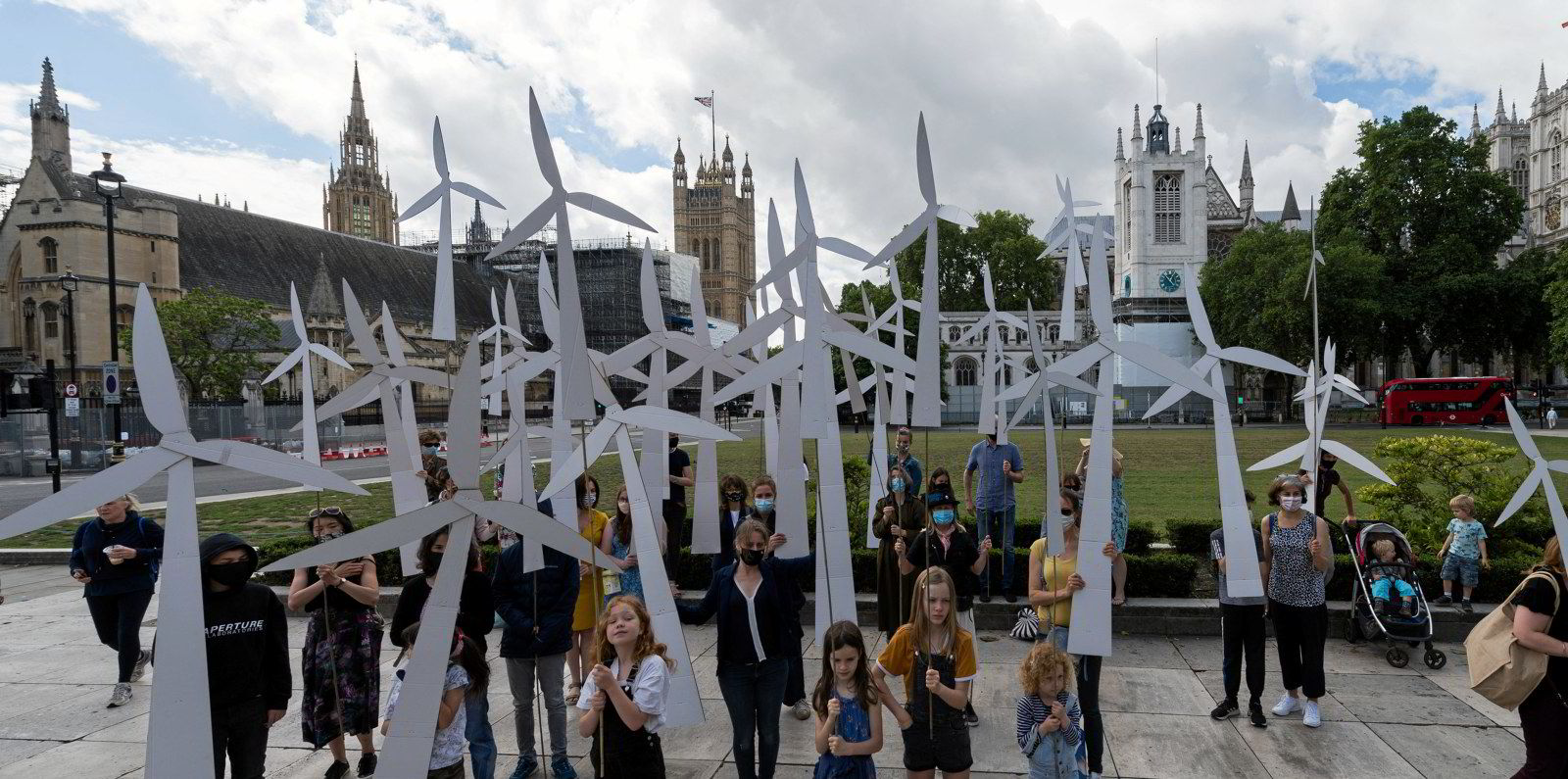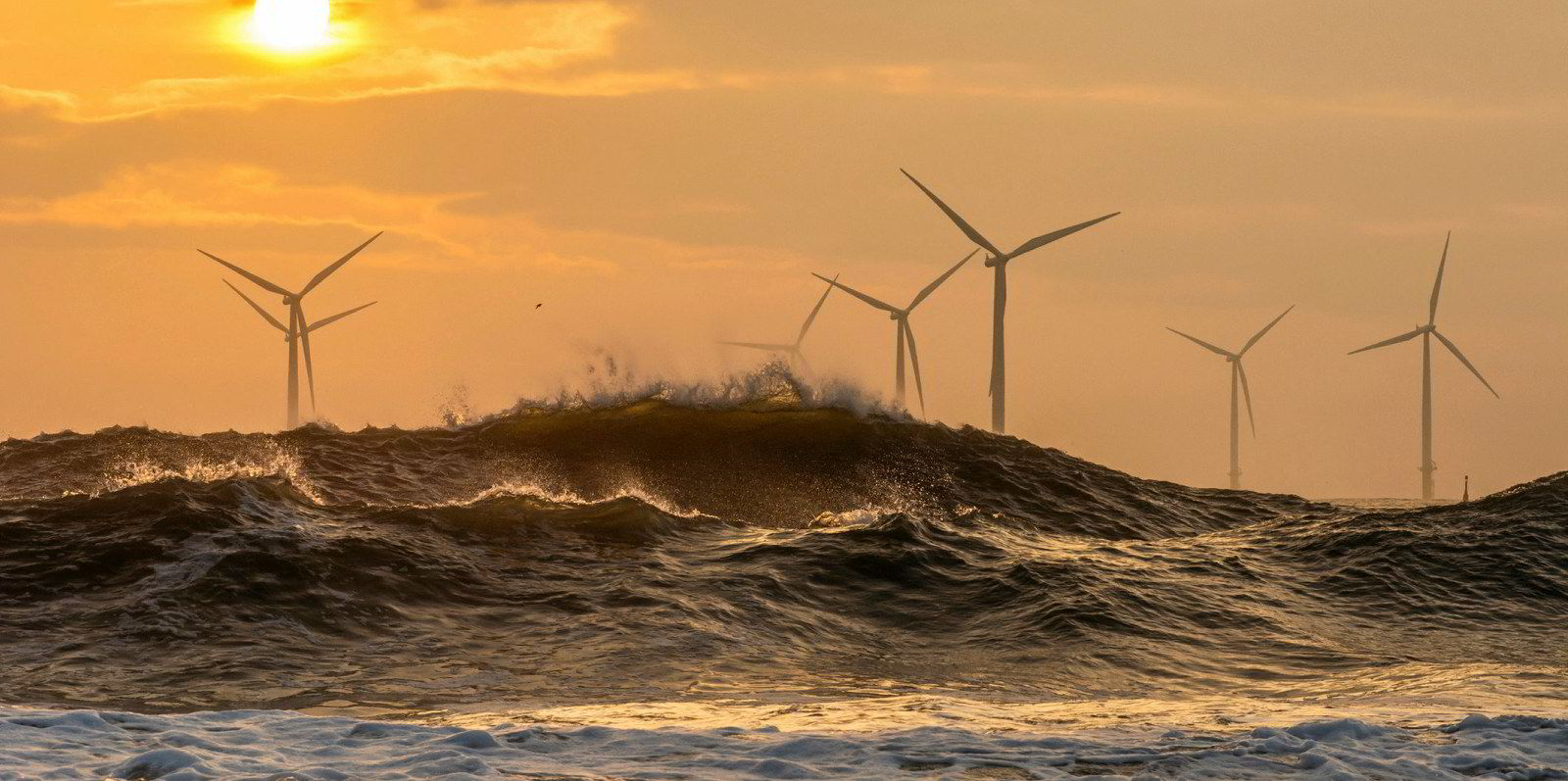The UK got more of its electricity from renewables than fossil generation for the first full year ever in 2020, government figures released on Thursday confirmed.
Renewable sources such as wind and solar supplied 43% of British power last year, with fossil generation from gas, coal and oil at 38.5%
When nuclear power was added the UK share of decarbonised power stood at 59%.
The UK’s Department of Business, Energy and Industrial Strategy (BEIS) noted that as recently as 2010, fossil sources accounted for 75% of UK power.
In another big shift, output from offshore wind exceeded onshore turbines for the first full year in 2020. Wind as a whole provided 24.2% of UK power, 13% from offshore turbines and 11.2% onshore.
The UK – which will later this year host the COP26 climate summit and aims to hit net zero by 2050 – has made offshore wind the focus of its renewable energy strategy, with ambitions to quadruple capacity to 40GW by 2030.
Britain’s Offshore Wind Industry Council (OWIC) today predicted a £60bn ($82bn) influx in fresh capital to the sector over the next five years, with wind at sea set to support 70,000 jobs from the current 26,000.
However, the sector also faces major challenges, including investment in grid infrastructure and managing environmental impacts in the North Sea.
More widely, the UK government is also under fire for being too soft on its oil & gas industry, with green groups this week criticising a deal for the sector that failed to place an outright ban on new licenses in the North Sea.
The BEIS figures confirmed that total UK power consumption fell almost 4% to 312.8TWh in 2020 from a year earlier, due to reduced demand amid Covid.
Melanie Onn, deputy CEO of industry body RenewableUK, said: “Today’s record-breaking figures, set despite the pandemic, show that renewables are keeping this country reliably powered up during the most challenging period any of us have faced for many decades.”




